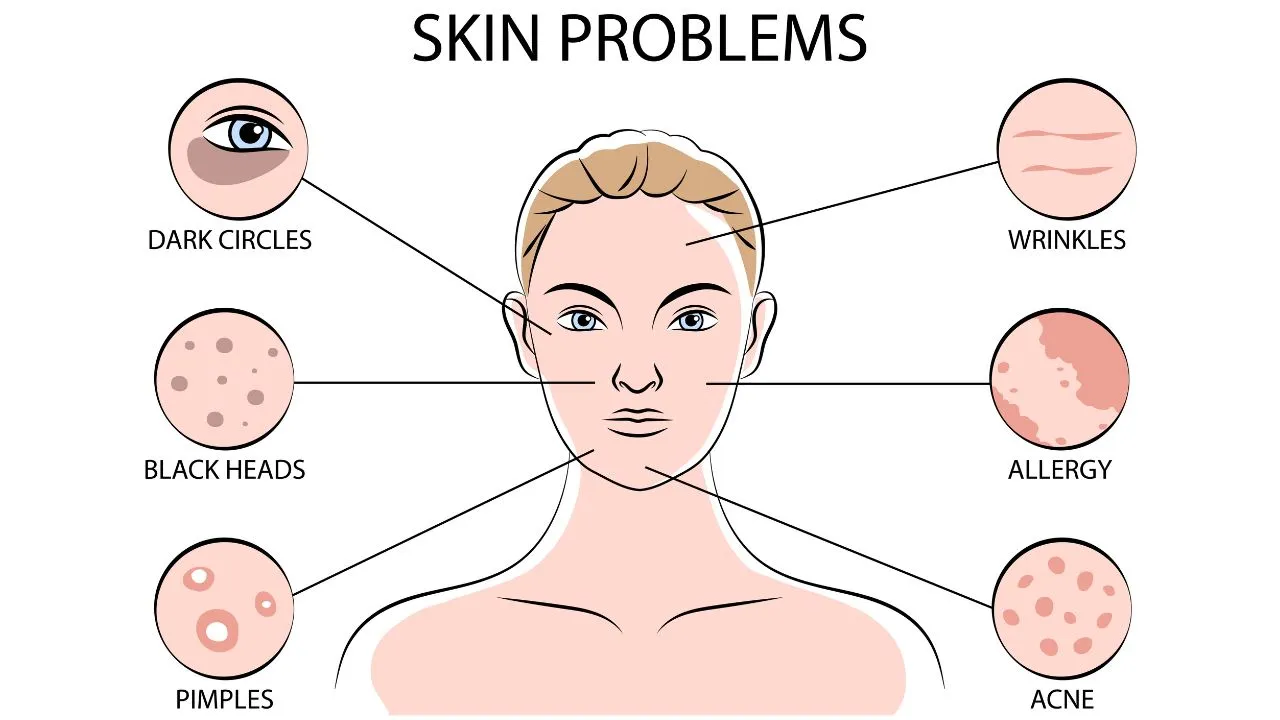Consult with a professional skin cancer with routine screenings.
Consult with a professional skin cancer with routine screenings.
Blog Article
Mohs Surgery Explained: A Secret Treatment in Dermatology for Handling Skin Cancer Efficiently
In the world of dermatology, Mohs surgery stands as a critical procedure for combating skin cancer, specifically basal cell and squamous cell cancer. This intricate surgical technique, developed by Dr. chemical peel. Frederic E. Mohs, prioritizes the exact excision of malignant skin layers, leaving healthy tissue untouched. What precisely makes Mohs surgical procedure so reliable and how does it contribute to favorable patient outcomes? As we dig deeper into the procedure, its benefits, and possible issues, real value of this treatment becomes increasingly apparent.
Recognizing the Basics of Mohs Surgical Treatment
Although it could appear complex, Mohs surgical procedure is an accurate surgical method used mainly to treat skin cancer cells. The primary goal of Mohs surgery is to eliminate all cancer cells while sparing as much healthy and balanced cells as possible. Its accuracy and high success rate have actually made Mohs surgery a foundation in dermatology, offering hope to individuals worldwide.

The Procedure: Step-by-Step Malfunction of Mohs Surgical Procedure
While Mohs surgery could appear overwhelming, recognizing the detailed procedure can assist demystify the procedure. If cancer cells are found, the specialist eliminates another layer of skin and the procedure is duplicated. This cycle continues until no even more cancer cells are discovered, guaranteeing the total removal of cancer cells while protecting as much healthy skin as feasible.
The Advantages of Mohs Surgical Procedure in Skin Cancer Treatment
An impressive variety of clients have uncovered the distinct advantages of Mohs surgical procedure in their battle against skin cancer cells. Concerned for its precision, this strategy targets malignant cells while maintaining surrounding healthy cells, resulting in minimal scarring. Its high precision decreases the opportunity of cancer reoccurrence, offering individuals with comfort. The procedure is normally performed on an outpatient basis under local anesthesia, making it much less straining on the body than more invasive surgical treatments. Additionally, as it entails immediate microscopic evaluation of the eliminated cells, it ensures complete cancer removal in a solitary visit. Thus, it eliminates the requirement for numerous surgical procedures, saving time and decreasing stress for clients. As a result, Mohs surgical procedure offers a superior choice for reliable skin cancer cells therapy.
Feasible Dangers and Issues Connected With Mohs Surgery
Despite its countless benefits, Mohs surgery is not without possible dangers and problems. Like all operations, it carries a threat of infection, bleeding, and an adverse response to anesthesia. In rare instances, clients might experience nerve damage, leading to feeling numb or weakness in the area of surgery. There's have a peek at this website additionally the opportunity of a reoccurrence or spread of skin cancer cells, specifically if all cancerous cells were not entirely eliminated throughout the treatment. Marking is another from this source worry, as it can be visible depending upon the size and area of the treated location. The psychological impact of a skin cancer cells medical diagnosis and subsequent surgical procedure ought to not be taken too lightly, as it can lead to anxiousness and depression in some clients.
Planning for and Recovering From Mohs Surgical Treatment: What to Anticipate
To make certain the most effective feasible result from Mohs surgical procedure, clients require to sufficiently prepare for the procedure and recognize what to expect during healing. Preparation usually involves a thorough discussion with the doctor regarding the person's case history, present drugs, and potential allergies. Some medicines could need to be stopped before the surgery to decrease bleeding. Postoperative treatment is vital for effective healing. Clients might More hints experience light pain, inflammation, or swelling, which can be managed with prescribed medicines. They are encouraged to rest, avoid difficult activities, and maintain the surgical site tidy and completely dry. Regular follow-ups are necessary to monitor recovery and find any type of problems early. The key to recovery is individuals' adherence to their health care supplier's guidelines.
Final thought

Report this page